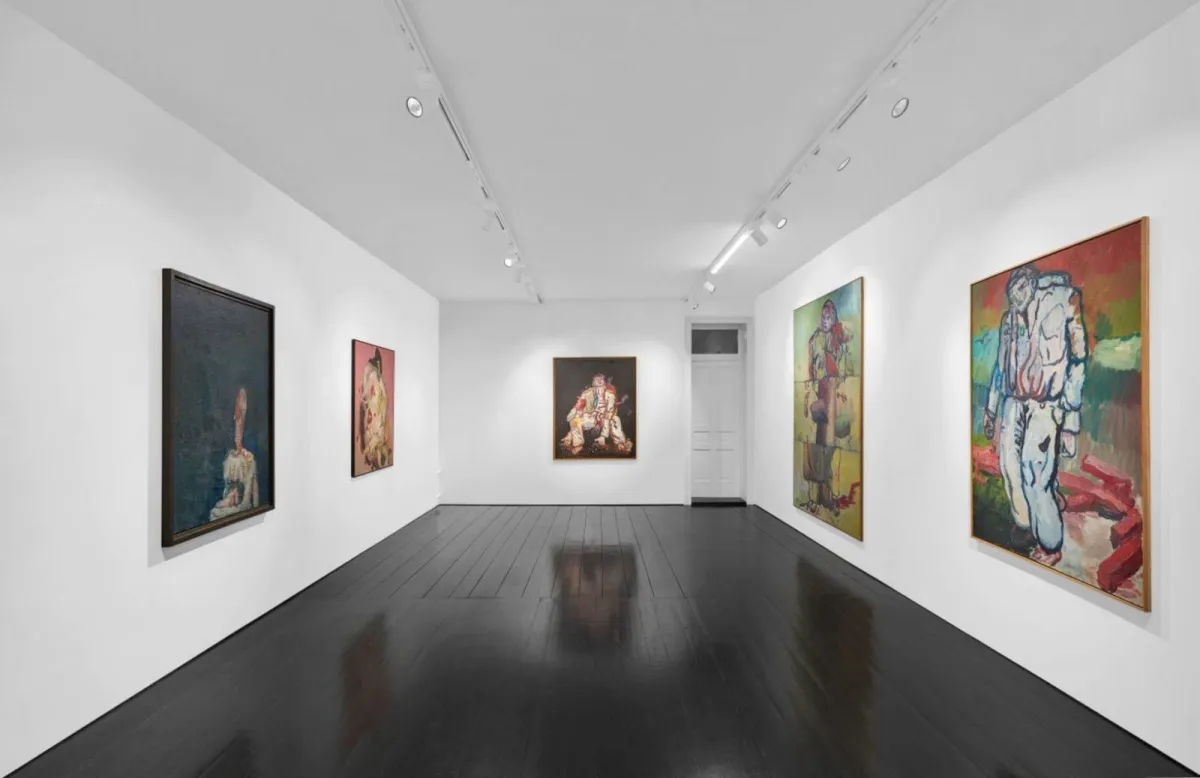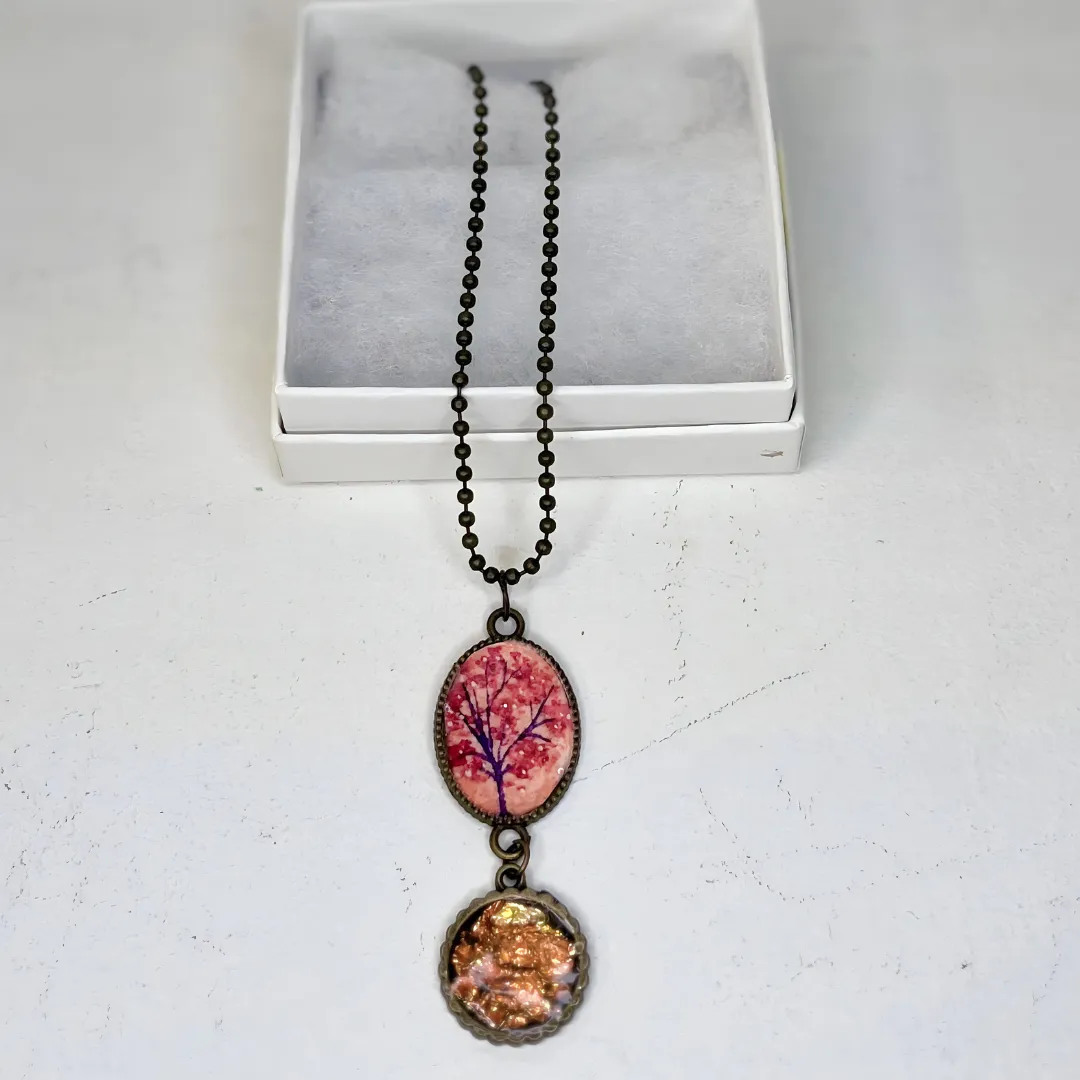BLOG

What Is An Art Gallery: A Beginner's Guide
Unveiling the Captivating World of Creative Expression
In all its myriad forms, art has a unique ability to evoke emotions, challenge perceptions, and transcend boundaries. At the heart of this artistic tapestry lies a place where creativity finds its true home—the art gallery. In our quest to understand the captivating world of creative expression, we embark on a journey to explore the essence of what is an art gallery. This comprehensive guide will peel back the layers of history, delve into the contemporary, and peer into the future of these sanctuaries of art. Join us as we unravel the magic that is the art gallery.
Defining an Art Gallery
The term art gallery refers to a dedicated space or venue designed for the exhibition and display of various forms of visual art. It serves as a sanctuary for artistic expression, where artists can showcase their works to the public. Art galleries come in various shapes and sizes, ranging from intimate, independently owned galleries to large, prestigious institutions associated with museums and cultural centers.

Historical Evolution of Art Galleries
To truly grasp the concept of an art gallery, we must journey through its historical evolution. Art galleries trace their roots back to ancient civilizations, where art was displayed in temples and public spaces. The concept of dedicated gallery spaces, as we know them today, began to take shape during the Renaissance period when private collectors and patrons started creating spaces to display their art collections. This trend gained momentum during the 18th and 19th centuries with the emergence of public museums and commercial galleries. These institutions played a pivotal role in shaping today's modern art gallery landscape.
Types of Art Galleries
Art galleries come in various forms, each with its unique purpose and mission:
Commercial Galleries: These galleries are privately owned and operated with the primary goal of selling art. They often represent a stable of artists and take a commission on sales.
Non-Profit Galleries: These galleries promote art and culture rather than profit. They may be associated with museums, cultural organizations, or independent non-profit entities.
Online Galleries: In the digital age, online galleries have gained prominence. They provide a platform for artists to showcase and sell their work to a global audience via the internet.
Public Galleries: These are typically funded by government entities or publicly supported institutions. They aim to provide free or affordable access to art for the community.
Role of Art Galleries in the Art World
Art galleries play a multifaceted role in the art world, encompassing various functions:
Exhibition Spaces: They serve as physical venues for artists to display their creations, offering a platform for creative expression.
Curation and Promotion: Galleries curate exhibitions, selecting and arranging artworks to convey a particular theme or artistic vision. They promote artists and their work, helping them gain recognition.
Art Sales: Commercial galleries facilitate art sales, connecting collectors with artists. This sustains the livelihood of artists and supports the art market.
Cultural and Educational Hubs: Many galleries offer educational programs, lectures, and workshops, fostering cultural appreciation and knowledge.
Preservation of Art History: Galleries often house valuable art collections, contributing to the preservation of cultural heritage.
Artistic Innovation: Galleries push the boundaries of artistic innovation, encouraging artists to experiment and explore new forms of expression.
The Anatomy of an Art Gallery
Art galleries are not just walls with artworks; they are meticulously designed environments that enhance the viewer's experience and facilitate art appreciation. To truly understand what an art gallery is, it's essential to delve into its anatomy, which encompasses various elements and considerations:
Physical Space and Architecture
Art galleries are often meticulously designed to provide an optimal setting for the display of artworks. Critical aspects of the physical space and architecture include:
Layout: The gallery layout is designed to create a logical flow for visitors, seamlessly guiding them through the exhibition.
Lighting: Lighting is a critical element in galleries. The proper lighting enhances the visibility of artworks while minimizing glare and potential damage from UV rays.
Walls and Dividers: Walls and dividers are strategically placed to create individual viewing spaces or to partition different exhibits. They are usually neutral in color to draw attention to the art.
Ceiling Height: Ceiling height can influence the perception of space and the scale of artworks. Some galleries have high ceilings to accommodate large artworks or installations.
Artworks on Display
The heart of any art gallery is, of course, the art itself. Considerations here include:
Selection: Curators carefully select the artworks for each exhibition, choosing pieces that align with the theme or artistic vision.
Arrangement: The arrangement of artworks within the gallery is crucial. Curators decide on the positioning of each piece to create visual harmony and convey the intended message.
Labels and Descriptions: Art galleries often provide labels or descriptions next to artworks, offering insights into the artist's intent, techniques, and the historical context of the piece.
Security Measures: To protect valuable art, galleries employ various security measures, including surveillance cameras, alarms, and even security personnel.
Curatorial Decisions and Exhibition Design
The role of the curator is pivotal in shaping the gallery's identity and exhibitions:
Curatorial Vision: Curators curate exhibitions based on a specific theme, concept, or artistic movement. They aim to create a cohesive and meaningful experience for visitors.
Exhibition Design: Exhibition design involves arranging artworks, selecting colors, and creating a visual narrative that guides visitors through the exhibition space.
Accessibility: Galleries must consider the accessibility of their exhibitions, ensuring that everyone, including those with disabilities, can enjoy and engage with the art.
Gallery Staff and Their Roles
Behind the scenes, a team of professionals ensures the gallery functions smoothly:
Curators: Curators are responsible for selecting and organizing exhibitions, researching art, and guiding the gallery's artistic direction.
Gallery Directors: Directors oversee the gallery's operations, including budgeting, staff management, and strategic planning.
Gallery Assistants: These individuals assist with day-to-day tasks, including customer service, administrative work, and gallery maintenance.
Art Handlers: Art handlers are responsible for safely installing, transporting, and storing artworks.
Education and Outreach Specialists: Some galleries employ specialists to engage the public through educational programs and outreach efforts.
Functions and Objectives of Art Galleries
Art galleries serve multifaceted functions and objectives within the art world. They provide a platform for artists to showcase their creations, fostering artistic expression and cultural enrichment. Beyond exhibiting art, galleries play a pivotal role in the art market, facilitating the sale and acquisition of artworks. They educate and engage the public through curated exhibitions, lectures, and workshops, promoting a deeper understanding of art and its cultural significance.
Additionally, art galleries contribute to preserving art history by housing valuable collections. As hubs of artistic innovation, they encourage artists to experiment and push the boundaries of creativity, making them vital entities in the artistic ecosystem.
Types of Art Exhibitions
Art exhibitions, diverse in purpose and presentation style, cater to various artistic expressions and engage diverse audiences through their diverse forms. Here are some common types of art exhibitions:
Solo Exhibitions: Solo exhibitions showcase a single artist's work, offering a comprehensive view of their unique perspective and artistic evolution for viewers.
Group Exhibitions: Group exhibitions showcase the works of multiple artists, often with a common theme or movement, fostering dialogue and providing a broader artistic experience.
Thematic Exhibitions: Thematic exhibitions focus on a specific theme or concept, with artists presenting pieces that interpret and relate to the chosen theme, forming a cohesive narrative or exploration.
Traveling Exhibitions: Traveling exhibitions are curated collections of artworks that travel across multiple cities or countries, bringing art to diverse audiences and promoting cultural exchange.

Art Galleries in the Digital Age
In the digital age, art galleries have undergone a transformative evolution. Online galleries and virtual exhibitions have become prominent, offering global accessibility to art lovers. These platforms break down geographical barriers, enabling artists to reach wider audiences and democratizing art appreciation. However, they also raise questions about traditional galleries' tactile and sensory experiences.
Digital tools have enhanced curation, allowing for immersive online exhibitions and augmented reality experiences. Social media and e-commerce have revolutionized art sales. Art galleries now navigate the delicate balance between the physical and virtual realms, adapting to changing technologies while preserving the essence of the art-viewing experience.
Visiting an Art Gallery: Etiquette and Tips
Visiting an art gallery can be a rich and enlightening experience, but it's essential to be mindful of gallery etiquette to ensure a pleasant and respectful visit. Here are some tips to enhance your art gallery experience:
Silence and Respect: Art galleries are ideal for contemplation, so maintain a respectful demeanor, avoid using phones for calls, and listen to audio without headphones.
No Touching: Avoid touching artwork unless explicitly allowed, as oils and dirt can damage fragile surfaces. Follow posted guidelines for handling.
Stay within Boundaries: Observe the boundaries, ropes, or lines that indicate the proximity to the artwork to protect it and ensure its longevity.
Avoid Crowding: Be considerate of other visitors, waiting your turn to admire a crowded piece of art, and avoid blocking their views with your body or belongings.
Ask Questions Respectfully: Ask gallery staff or docents about art questions discreetly, without disrupting others' experiences. Ask gallery staff or docents about art questions discreetly, without disrupting others' experiences.
The Future of Art Galleries
The future of art galleries promises to be a dynamic and transformative journey shaped by emerging trends, technologies, and changing cultural dynamics. Here are some critical insights into what the future may hold for art galleries:
Digital Integration: Art galleries are leveraging digital technology to provide virtual exhibitions and immersive online experiences, enabling global art access and enabling artists to reach diverse audiences.
Sustainability and Inclusivity: Future galleries will prioritize sustainability, promoting eco-friendly materials and inclusive spaces while fostering diversity and representation among artists and gallery staff.
Artificial Intelligence (AI) and Augmented Reality (AR): AI and AR technologies are revolutionizing art galleries, enhancing curation and interactive experiences, allowing visitors to gain deeper insights and curators to create personalized exhibitions.
Community Engagement: Art galleries are transforming into community hubs, promoting events, workshops, and educational programs to connect artists, collectors, and the public, making art more accessible and relatable.
Art galleries are captivating sanctuaries of creative expression, continuously evolving to meet the demands of the digital age and a diverse, global audience. As we explore their essence, we discover their profound impact on artists, culture, and society. Contact us today to embark on your own art gallery journey or learn more about these inspiring spaces. Whether you're an artist seeking exposure, an art enthusiast, or someone curious about the art world, we invite you to connect with us and be part of the ever-evolving narrative of artistic exploration.
Visit the
Collection & Gift Gallery


Brooklynn Lilly

Brooklynn Lilly

Brooklynn Lilly

Brooklynn Lilly
Our Story
We are a non profit fine art gallery near the coal fields of central Appalachian
We showcase a variety of professional artists from across the region, across the regions from Pennsylvania to GA.
Holler Gallery is a renovated space, previously as the Virginia Bank of Commerce in 1917 , repurposed as an art gallery to showcase local artists in a professional space.
The goal is to promote emerging artists in a professional setting 100 years later, after several businesses have come and gone, the Holler Gallery was established. In 2017, fellow artist Chase Bowman created Holler as a venue for fine Appalachian art. Since 2020 Director Richard Shrewsbury has tried to maintain The established aesthetic, while expanding our focus on education and community involvement.
Holler Gallery also hosts an annual open call show, in tandem with special events shows. That allows emerging artists the opportunity to show their work in a professional setting.

Art of Recovery
National Prevention
Week
National Prevention Week is an annual observance that highlights the importance of prevention efforts in the fields of substance abuse, mental health, and behavioral health. This week-long initiative serves as a platform to engage communities, schools, organizations, and individuals in raising awareness about the various ways to promote overall wellness and make positive choices.

Memories on Mercer Street
Mural Project
The Mural Project stands as a vibrant testament to the power of art in shaping and revitalizing communities. Through skillful brushstrokes and creative expression, this project transforms blank walls into captivating canvases that tell stories, honor histories, and evoke emotions.

Explore the Collection





304-431-4975 I Question? Email Us
Location:
900 Mercer Street
Princeton, WV 24740
Hours:
Friday 1:00pm-5:00pm
Saturday 10:00am -5:00pm
304-431-4975 I
Question? Email Us

900 Mercer Street
princeton,WV 24740
Hours:
Friday 1:00pm-5:00pm
Saturday 10:00am -5:00pm
Copyright 2023 Holler Contemporary Appalachain Art Gallery
All rights reserved I Terms & Conditions



